Following the publication of the Curriculum and Assessment Review, although not actually recommended by it, the Department for Education plans to consult on changes to the way its Attainment 8 and Progress 8 school performance measures are to be calculated.
If implemented, changes would be introduced for the cohort completing Key Stage 4 in 2028/29.
The main change consists of doing away with the three slots previously reserved for subjects counting towards the discontinued EBacc measure.
Instead, there will now be two slots for science and four slots for “breadth”, although two of the breadth slots come with strings attached. They can be filled with qualifications from two of the following three categories: humanities, creative subjects or languages.
Religious studies will henceforth be considered a humanity alongside geography and history/ ancient history.
In this article we go back to 2024, the last year for which the current Progress 8 measure was published[1] to see how Attainment 8 scores would differ if the new methodology were used, how many pupils would fill all the slots available, and look at the impact on schools’ Progress 8 scores.
Of course, schools might have made different curriculum choices if the new methodology had been introduced earlier.
Data
We use final Key Stage 4 pupil and exam level data for 2023/24 from the National Pupil Database.
We have calculated Attainment 8 using the proposed new methodology outlined in DfE guidance.
Analysis is restricted to state-funded mainstream schools.
Comparison with Attainment 8
We compare Attainment 8 using both the current methodology and the proposed new methodology in the following table.
The national average for state-funded mainstream schools would have fallen by 1 point from 46.9 to 45.9 had the new method been used in 2024.
36% of pupils would have had a lower Attainment 8 score if the new methodology had been used in 2024. In 7% of cases, the difference would have been 5 or more points lower. A small number of pupils, around 2%, would have achieved a higher score.
Plotting the differences by prior attainment group (PAG) shows that differences range from -0.3 from the group with the lowest prior attainment to -1.2 for the group with a mean KS2 result of 110.
Numbers of entries
Both methods of calculating Attainment 8 are based on 10 slots (English and maths are double-weighted), with exams in appropriate qualifications used to fill each slot.
Almost all pupils filled the slots reserved for English and maths in 2024. 95% also filled the 2 science slots and the 2 “open” slots available for any subjects not otherwise counted.
Overall, 65% of pupils filled all 10 slots. This was largely due to having insufficient entries to fil group 4, the slots reserved for 2 subjects from humanities, creative subjects and languages. This was particularly the case for disadvantaged pupils. 54% filled all 10 slots.
In total 33% of pupils do not fill their group 4 slots. This consists of 6% of pupils who have no entries in any of the 3 categories of subject, 23% who are entered only for a humanities subject, 3% entered only for a creative subject and 1% entered for a language.
88% of pupils entered at least one of the humanities using the new definition including religious studies. 35% of pupils currently enter two or more of the humanities. Many students currently take geography or history to count alongside double science in order to fill the EBacc slots. There is a risk that entries will fall as a result of the less restrictive new methodology.
Impact on Progress 8
We have calculated Progress 8 for all 3,287 state-funded mainstream schools in 2024.
The new methodology, had it been implemented, would have made very little differences. P8 scores using the new methodology correlate very strongly (r=0.99) with the existing scores.
3,019 schools (92%) ended up with a revised score within 0.1 points of their existing score.
By contrast, 35 schools changed by more than 0.2. Specifically, their revised score would have been 0.2 points lower. These tend to be schools with curricula not well-aligned with the proposed new methodology including 22 studio schools and university technical colleges.
Of the remainder:
- 197 schools had a revised P8 score between 0.1 and 0.2 points lower than their existing P8 score
- 36 schools had a revised P8 score between 0.1 and 0.2 points higher than their existing P8 score
3,019 schools (92%) ended up with a revised score within 0.1 points of their existing score, with more schools seeing small increases than decreases
Summing up
Overall, changing the way Attainment 8 is calculated will make little difference to the Progress 8 scores of the vast majority of schools.
However, it is likely to have more of an impact on the qualifications for which pupils are entered.
Firstly, any vocational and technical qualifications (VTQs) in creative subjects will not be counted. This is likely to result in a shift back to GCSE.
Secondly, the incentives to enter pupils for geography or history have been reduced.
What we will see is an increase in the percentage of pupils filling their “Group 4” slots. This will mean taking either a creative subject or a language. Given the harsher grading of languages, I suspect that we will see more of an increase in entries in the creative subjects.
- It will not be published for 2025 or 2026 due to the cancellation of Key Stage 2 tests in 2020 and 2021 due to the Covid-19 pandemic.
Want to stay up-to-date with the latest research from FFT Education Datalab? Sign up to Datalab’s mailing list to get notifications about new blogposts, or to receive the team’s half-termly newsletter.







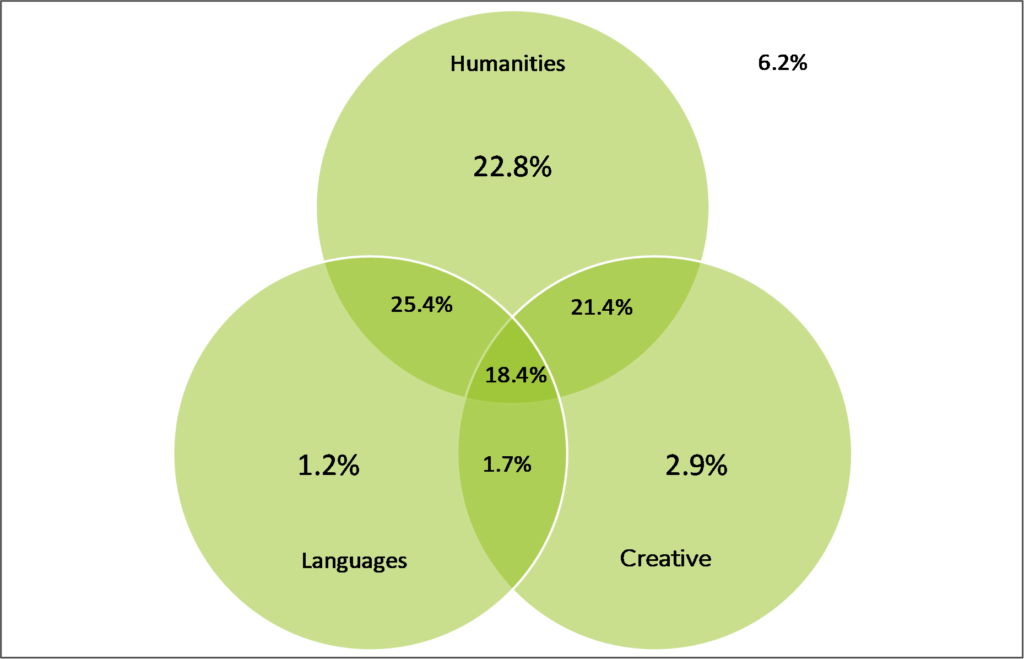
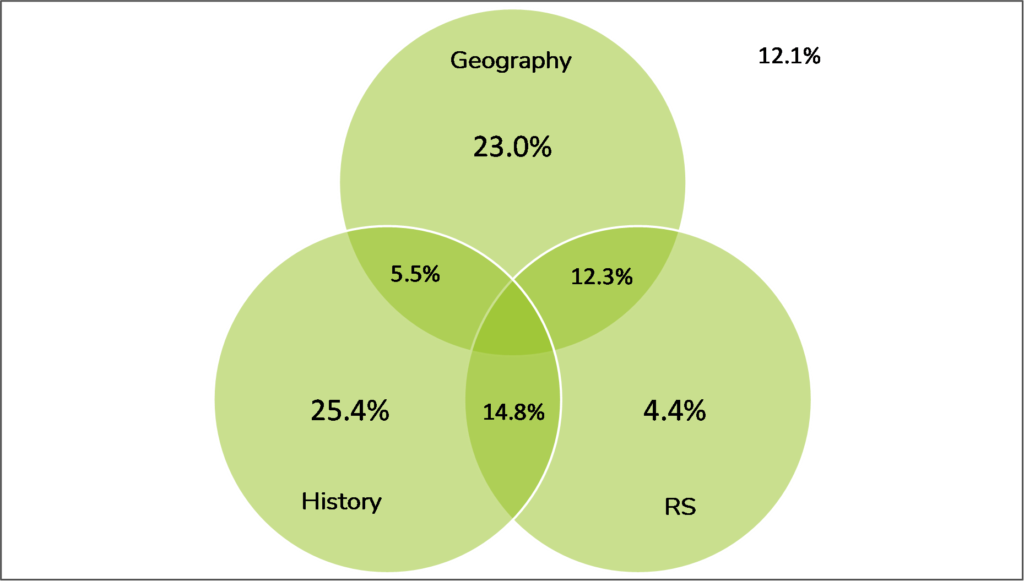


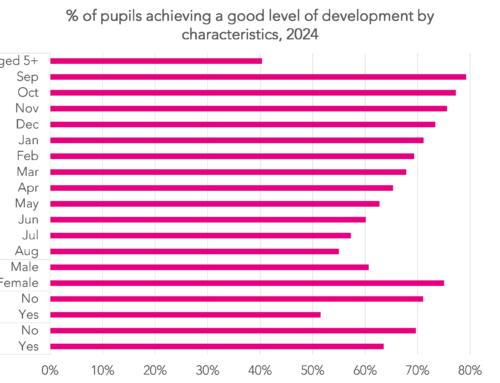
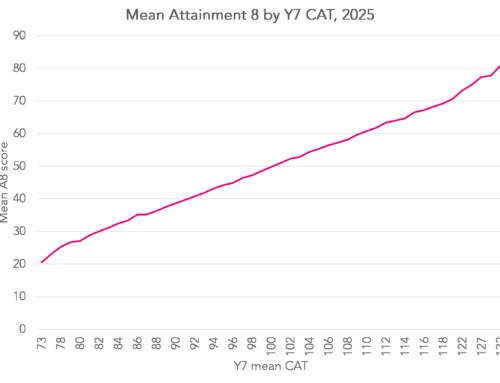
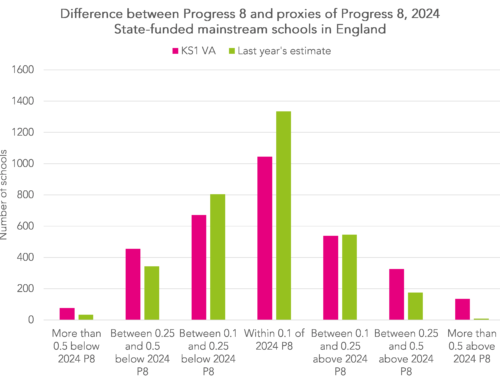
Leave A Comment